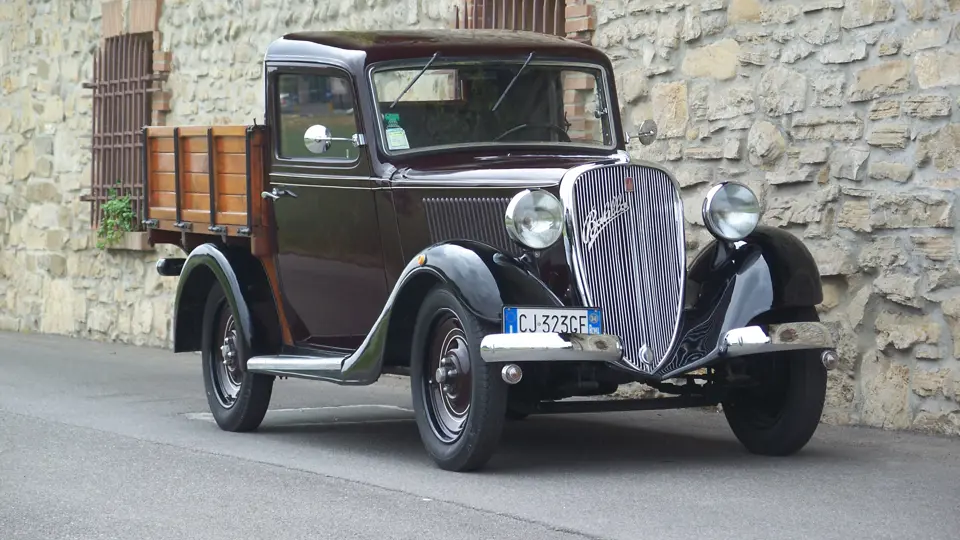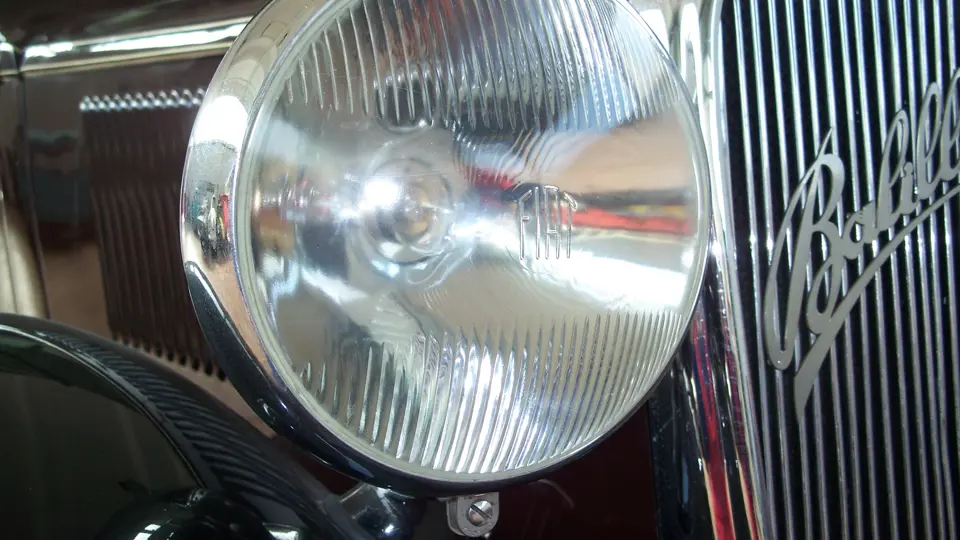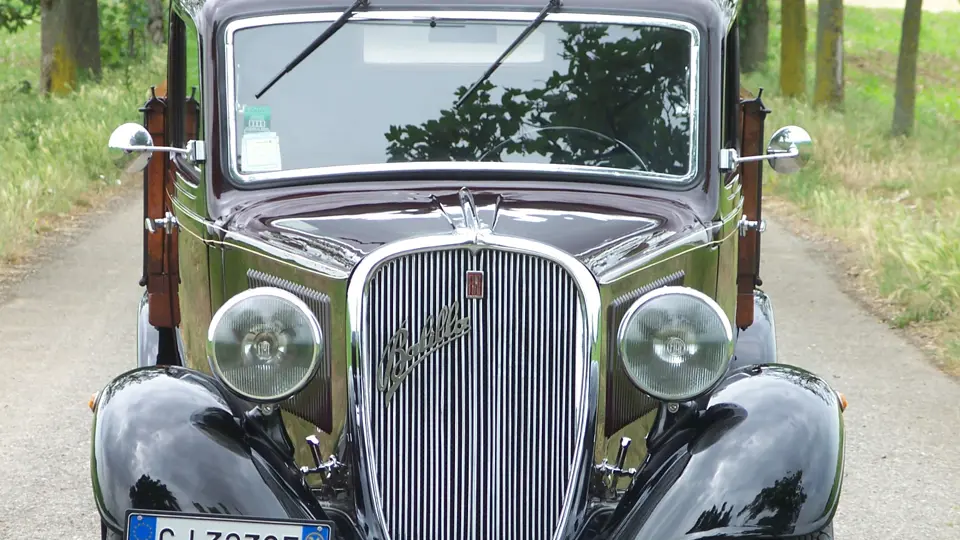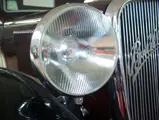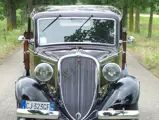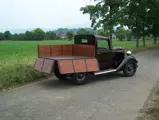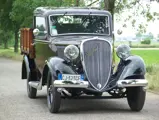22 hp, 995 cc side-valve short-stroke four-cylinder, four-speed manual transmission, worm and wheel steering, four-wheel hydraulically-operated drum brakes, forged front axle beam, half-elliptic leaf springs at front and rear and friction-type dampers. Wheelbase: 90.5"
- Three-year restoration completed in 2006
- Guaranteed attention-getter!
In the United States, it was the Model T that put an automobile within the reach of the average person. In England, it was the Austin Seven. In Italy, it was the Fiat Balilla. Introduced in 1932 as a replacement for the 514, the Balilla was first available as a two- and four-door sedan as well as an open four-seat tourer and a two-seat roadster. The proliferation of body styles was made possible thanks to a separate chassis. Despite owning 90 percent of the Italian market, Fiat could not afford to build another car like the 514 which had failed in the marketplace. Fiat engineered the new car well, made it reliable and assured that it was interesting to drive. The 508 was the progenitor of cars to come – small, lightweight and with up-to-date engineering. Through 1937, Fiat produced over 110,000 Balillas, and in many ways, it was responsible for kick-starting a lagging economy. The design was even produced under license by NSU in Germany and Simca in France. Perhaps most impressive, a 508S Balilla was victorious in the 1,100 cc class in the 24 Hours of Le Mans in 1937. Noted automotive historian Beverly Rae Kimes drew analogies to children’s stories, referring to the 508 as “the little engine that could.”
“Balilla” means “plucky little one” in Italian, which aptly describes this jaunty vehicle. It has benefited from a three-year restoration in Italy completed in 2006 to excellent standards and remained part of a large collection of Italian cars based in Rome. Since restoration, the vehicle has covered just 200 kms. All original wood was saved and restored by a specialist. Complementing the handsome body lines is a classic combination of burgundy and black exterior colors, which continue through to the wheels. RM Specialists have driven the vehicle and note that it runs and drives well and is ready to be enjoyed. It currently has Italian registration documents, and import duties will have to be paid by the buyer.




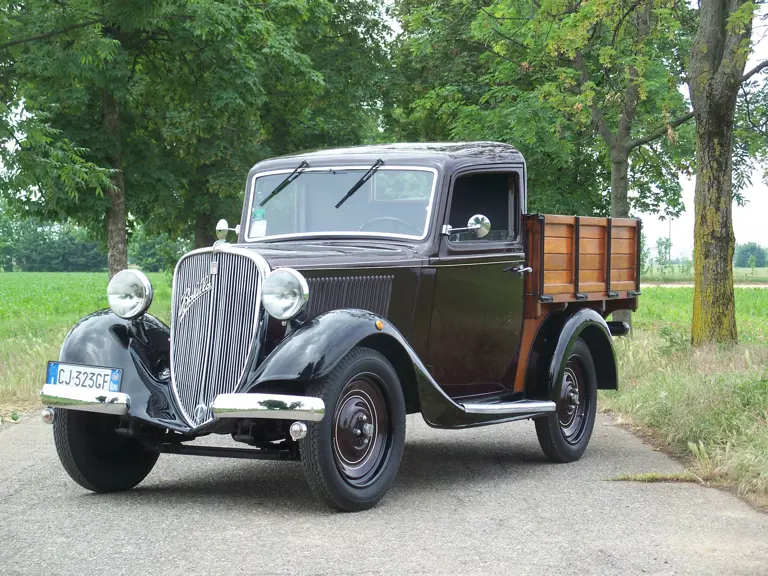
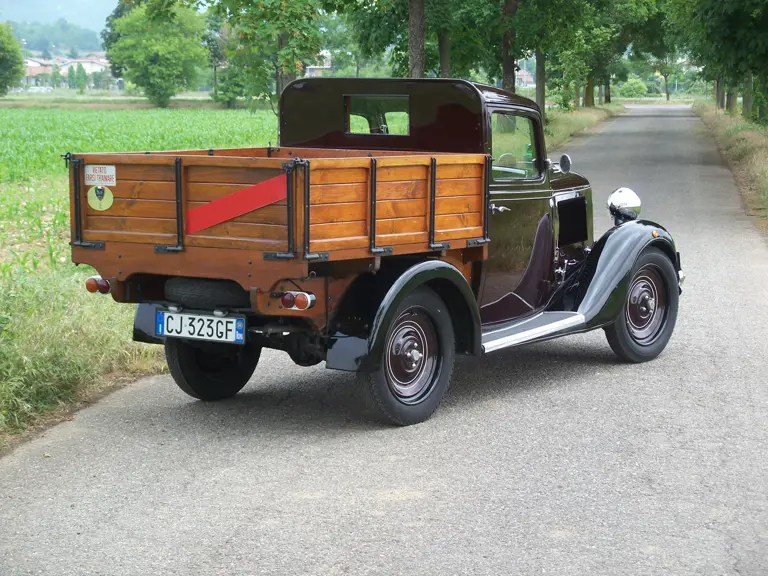

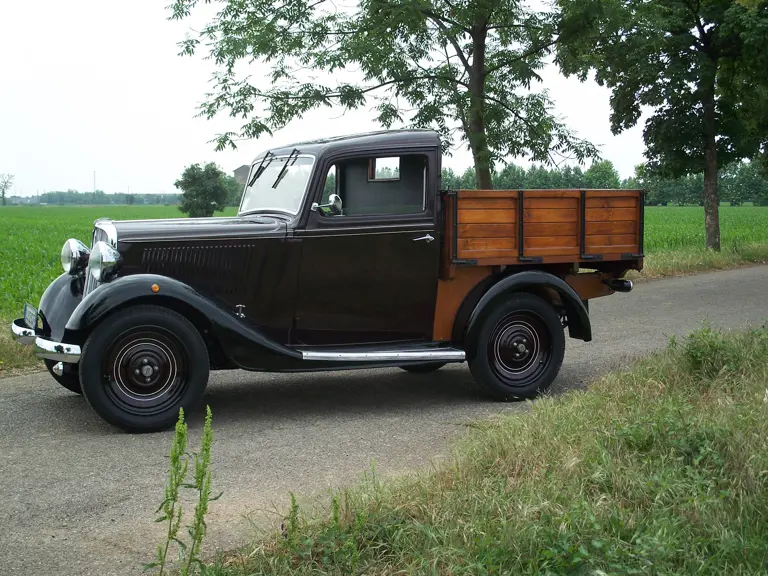
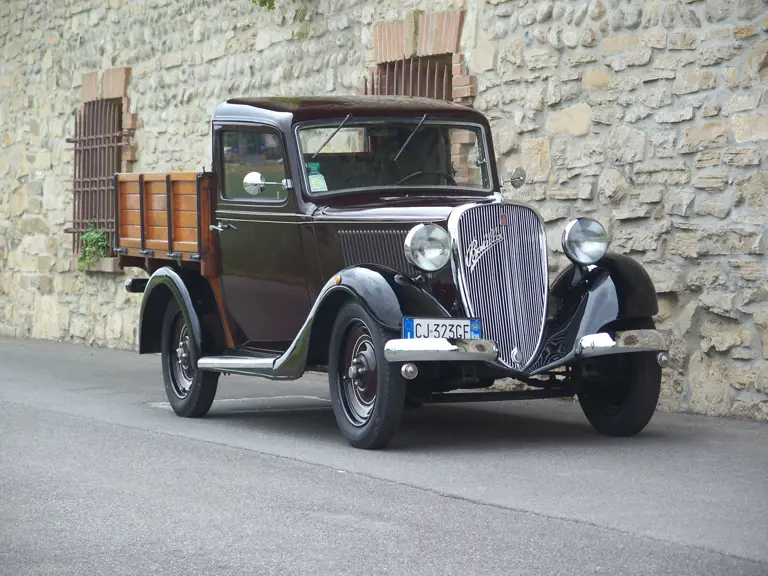
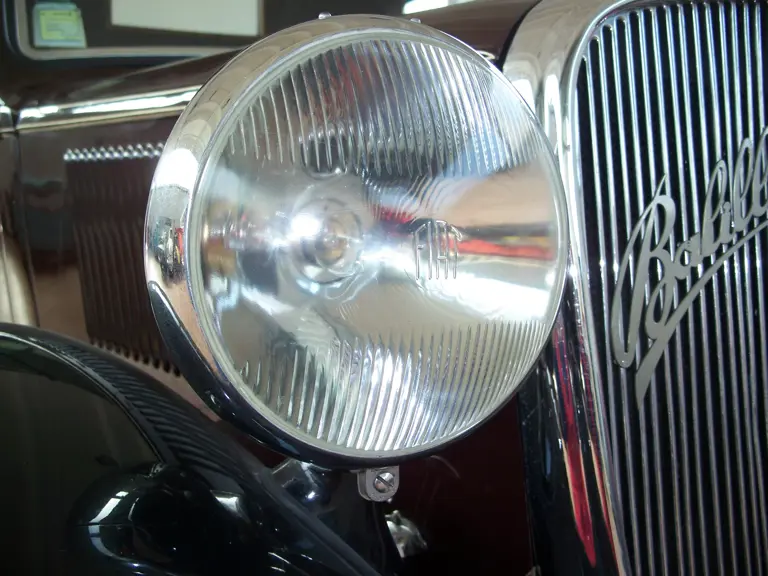
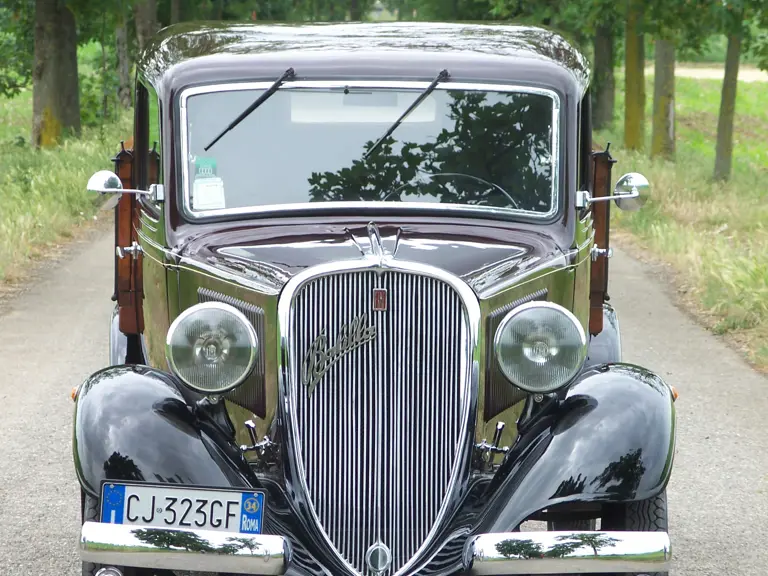
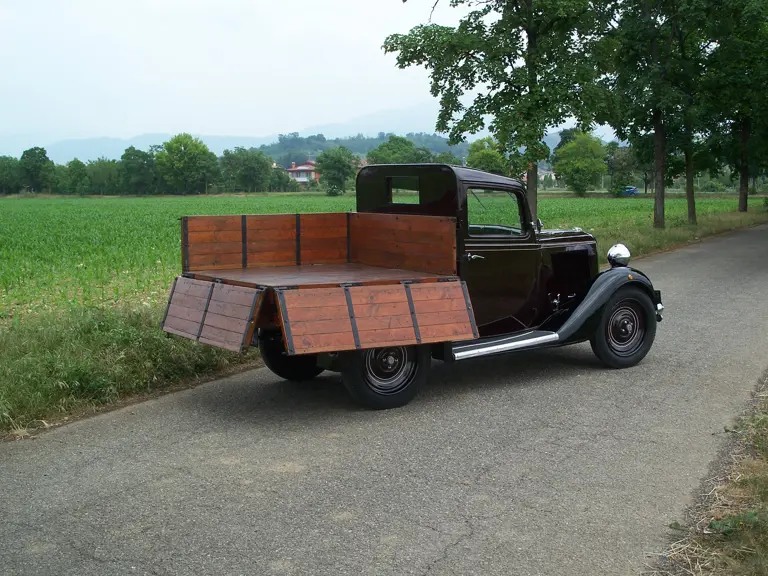
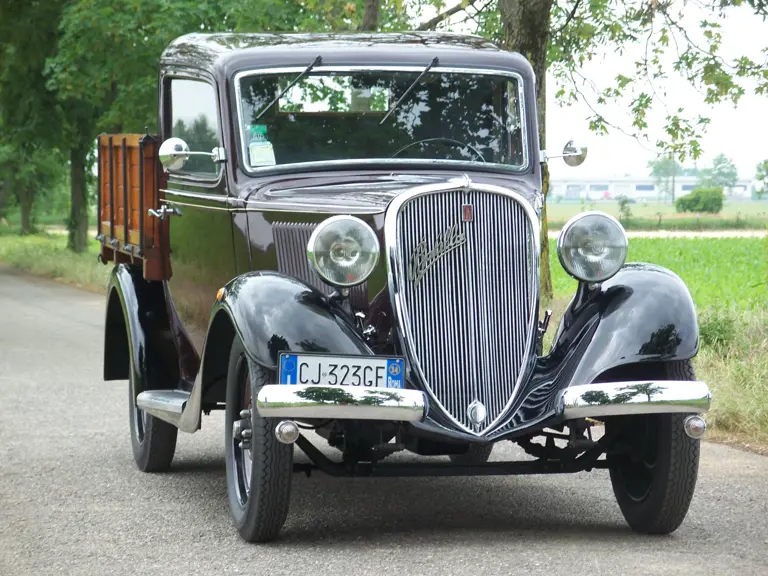
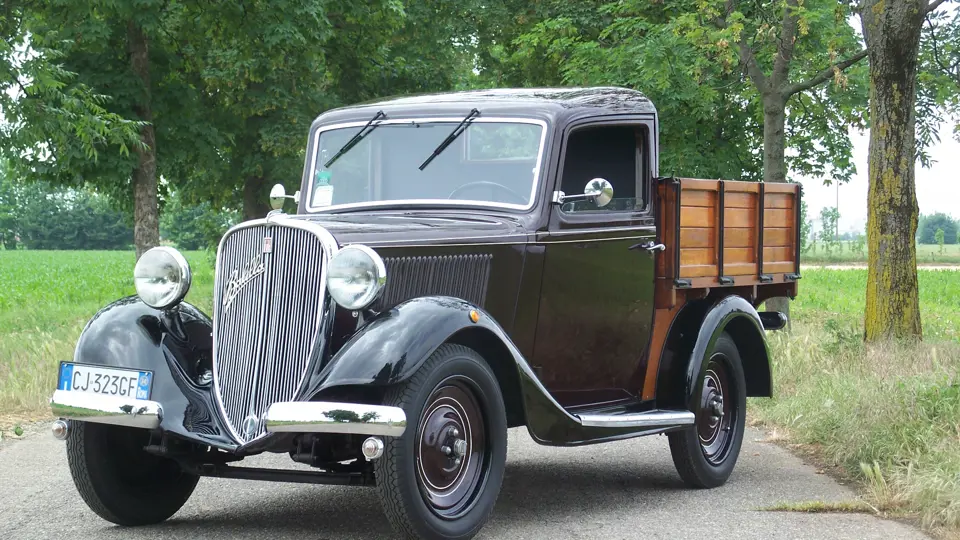
 | Monterey, California
| Monterey, California
